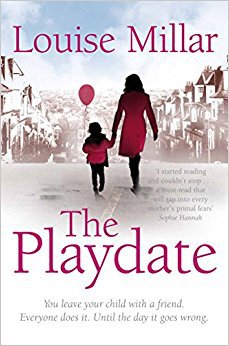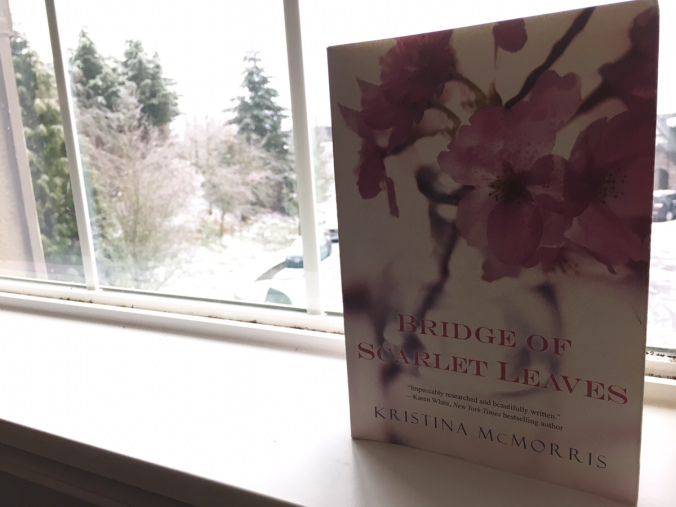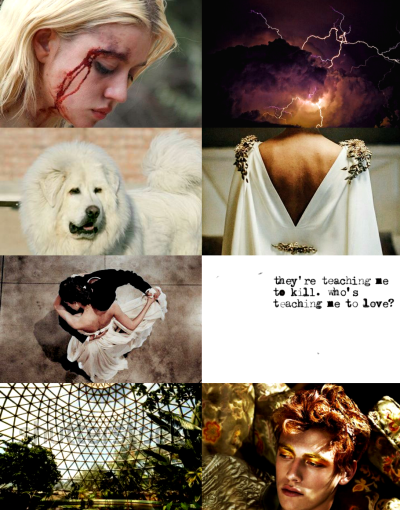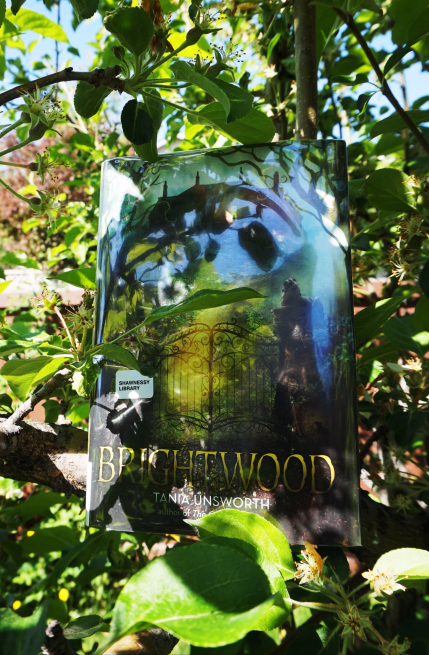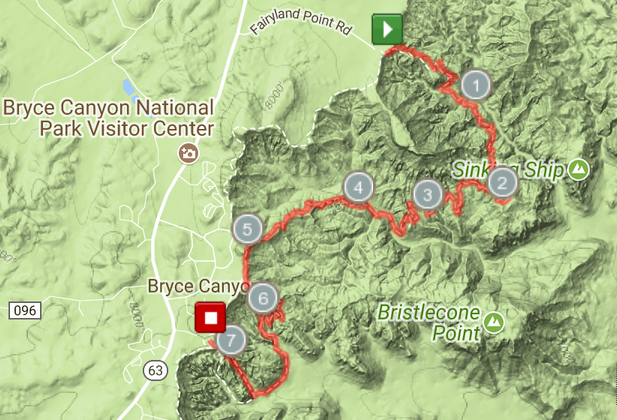I’ve been making miniature versions of the table lamp to test out some design ideas.
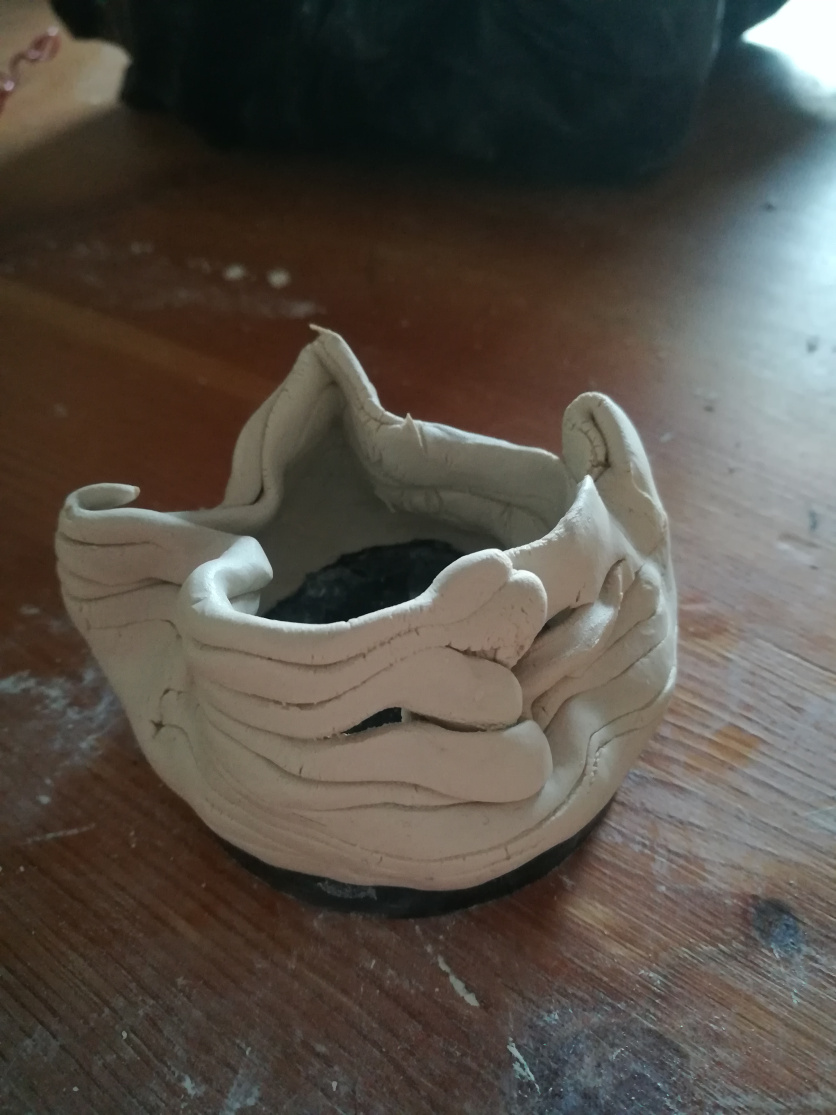 dav
dav 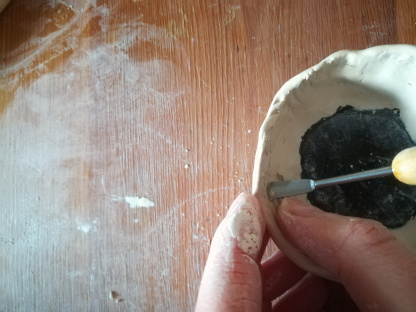 mde
mde 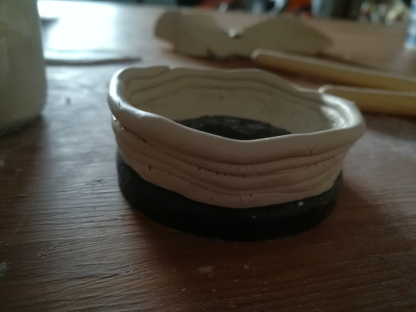 dav
dav
At first I wanted to use coils to build my forms – I was hoping to be able to smooth the outside but leave the inside so that when the light was turned on the construction would be visible. However, I’m pretty terrible at coils, particularly in porcelain! I think this would take too long and be far too frustrating for my final piece, so I’m dropping that idea.
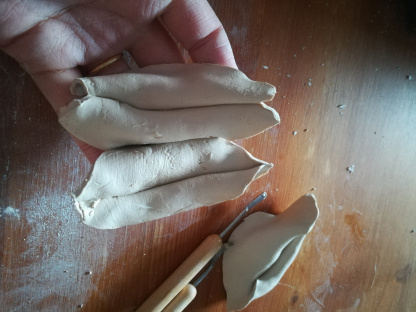 mde
mde 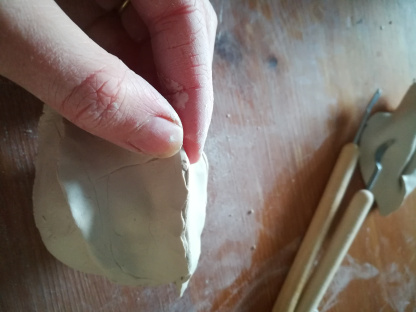 dav
dav 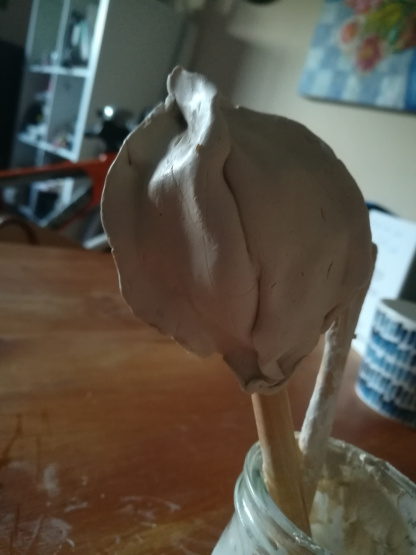 dav
dav 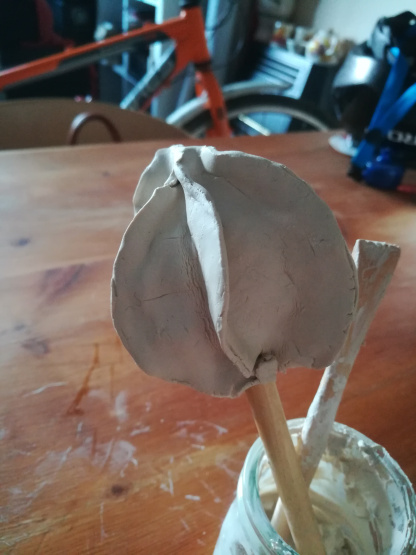 dav
dav
The second idea was to join petal shaped pieces of porcelain to make a globe shape – this came about after looking at ways to make a sphere out of paper. I then experimenting with creating the join on the outside (bottom right) versus on the inside (bottom left). I quite like the form this gives – it shows the fluency of the porcelain nicely, but was a but clunky. On a full-scale version I’d try to keep the joins smaller, and maybe alternate the join type? Or I could try joining the pieces flat to create a smooth outside, going back to the idea of the construction (in the case the overlap) being visible when the light is turned on. I like this idea but I would be nervous about the joins being strong enough. It would also be more difficult to shape the clay into a round that way.
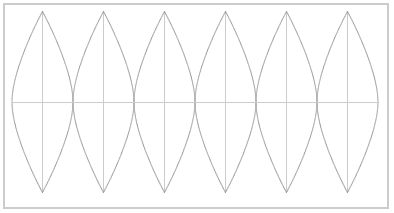
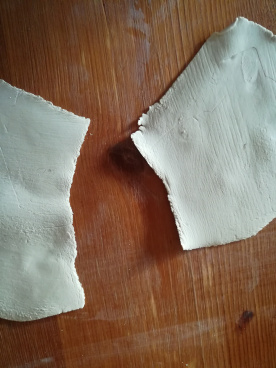 dav
dav 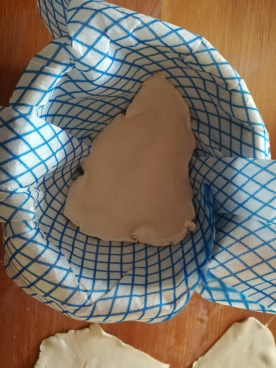 mde
mde 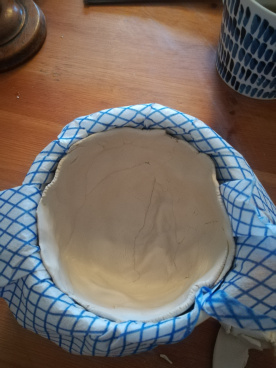 mde
mde
Next I decided to try using a mould to build my sphere inside. I looked up the work of Ursula Goebels-Ellis after reading an article by her on the Ceramic Arts Network website ( https://ceramicartsnetwork.org/daily/pottery-making-techniques/making-ceramic-molds/circular-logic-using-balloons-as-molds-for-spherical-handbuilt-ceramic-sculpture/ ). I think I rolled the porcelain too thinly as it kept tearing, even as I tried to patch it. This technique also left the joins on the outside, and resulted in a patched appearance – it was interesting, but not what I want for my light. Something to revisit though, perhaps – I find Ellis’ work really intriguing.
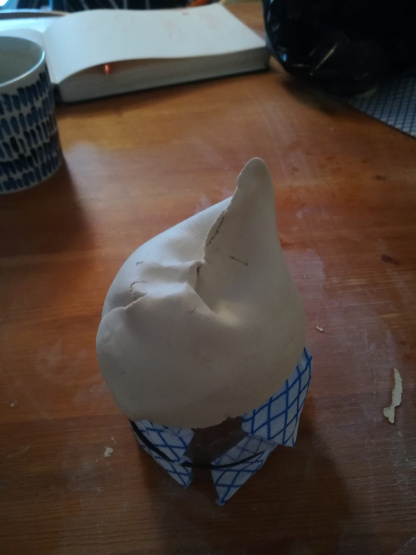 dav
dav 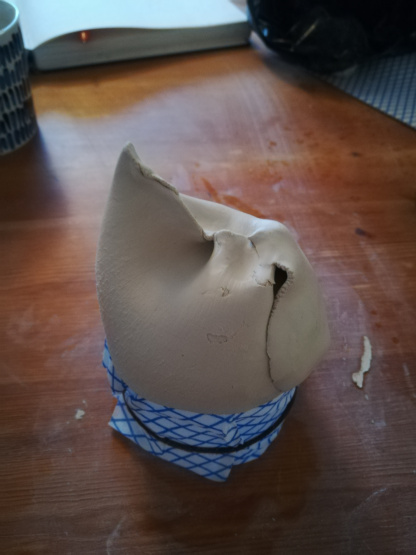 mde
mde
Lastly I created a shape by rolling out a strip of porcelain, wrapping it around a glass and joining it by pinching together at the top. This was to try to create something immediate and loose after looking at the beautiful work of Margaret O’Rourke. I love how her lights show the fluidity of porcelain and in many cases you can see the lines and ridges of the making once the light is switched on. I quite like the above outcome, but I don’t think it would work on a much bigger scale – for a start I don’t have any suitable bowls to use as a mould, and I’m not sure I could roll a long enough piece without breaking it.
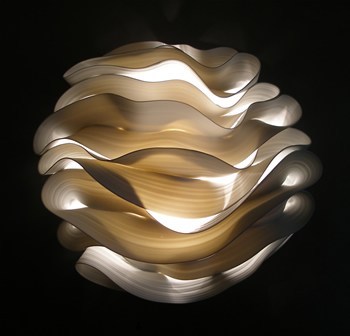
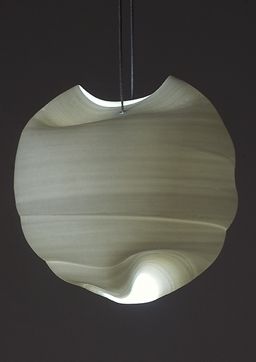
https://www.castlight.co.uk/
Advertisements Share this: